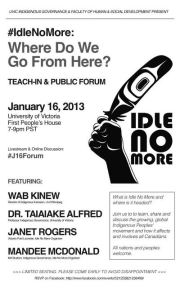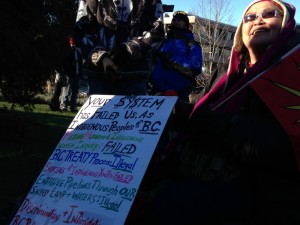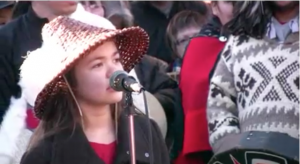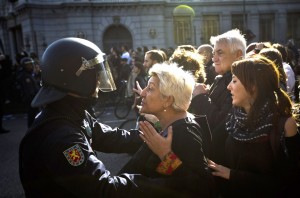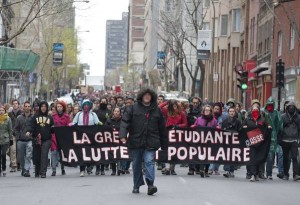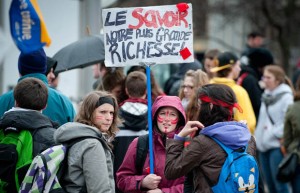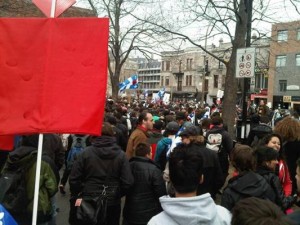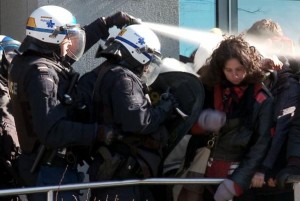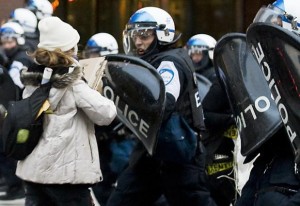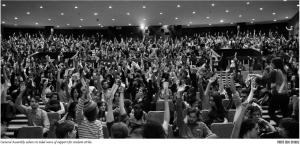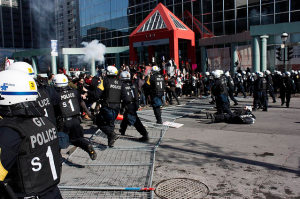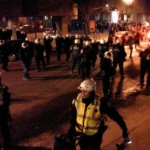What’s behind the explosion of native activism? Young people
JOE FRIESEN
The First Perspective
The First Perspective, Joe Friesen, January 20, 2013 — Erica Lee is a 22-year-old Cree woman raised by a single mother in a rough part of town. She’s the first of her family to finish high school, the first to go to university and, as an organizer of the Idle No More movement, she represents a sea change in Canadian life and politics.
When she was in high school in Saskatoon, Ms. Lee’s history teacher was a woman named Sheelah McLean, one of the four founders of Idle No More. Together they embody one of the movement’s most intriguing aspects: It has been led and organized almost entirely by young, university-educated women. But Idle No More is also shaped by a collision of demographic and historic forces: a very young population, rising levels of income and education and a community that has suffered decades of injustice. It reads like a recipe for a resistance movement.
So why is it taking off now and not five or 10 years ago? A critical mass of educated young people.
“One of the things I look at is the number of aboriginal students in university and college. In the early 1970s, the number was counted in the low hundreds. If you look now, you’ll find the number is around 30,000. It’s a staggering number, a wonderful indication of a major transformation,” said Ken Coates, Canada research chair in regional innovation at the University of Saskatchewan.
Prof. Coates describes Idle No More as part of a revolution of rising expectations. The number of aboriginal university graduates increased by a third between 2001 and 2006. Over that same period, incomes rose and employment grew. Forty-four per cent of those 25 to 64 now have some form of postsecondary credential. More and more young aboriginal people are connected to the mainstream economy, and more communities are finding some measure of prosperity through economic development. There’s a long way to go to achieve equality with the rest of Canada, but there are signs of progress.
“The whole balance in the first nations community is radically different than it was before,” Prof. Coates said. “They have companies, they have success, they have graduates. All these elements, which Canadians are not used to seeing, have made it so that first nations people are saying, ‘Why shouldn’t we aspire to more?’ ”
Ms. Lee is a fourth-year student in political philosophy at the University of Saskatchewan. She has been active in Idle No More since its first rally in a Saskatoon community centre, where she spoke to a humble gathering of 100 people. At the time, she thought it was no different than the other political activities she’d taken part in. The crowd was familiar, many of them veterans of the local activist scene, and there were no signs that this time was different. But within weeks, the movement started to take off.
Read More: The First Perspective

 Follow
Follow